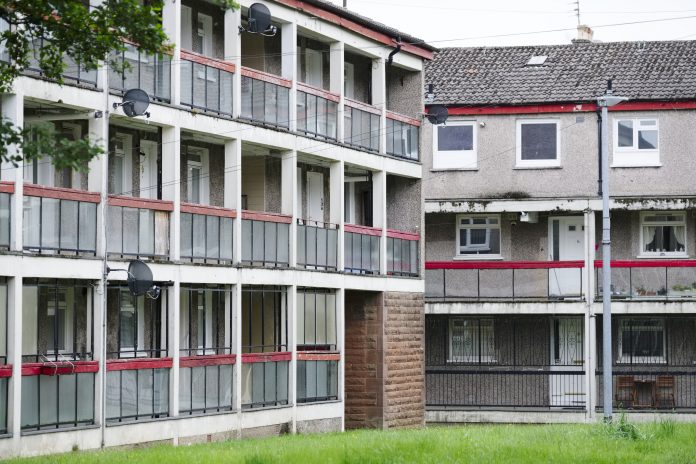Andreas Culora, analyst in the home affairs and social policy group at RAND Europe, highlights the heightened exposure to COVID-19 for children living in poor quality housing
In an effort to contain the outbreak of COVID-19, many schools across Europe (and around the world) had to close their doors. While some lockdown measures are now being lifted, the pandemic has naturally meant that children have spent more time at home over recent months.
In addition to the profound educational damages, particularly for the most vulnerable, resulting from the closure of schools and wider educational settings, these closures have resulted in many other well-documented primary and secondary effects, including; higher risk of exposure to COVID-19 for children who are homeless or in temporary, shared or overcrowded accommodation; inadequate spaces to play and learn, and; challenges to safeguarding vulnerable children from violence and abuse. Within this context, it is vital to understand how the housing conditions experienced by children across Europe may heighten their risk of exposure to COVID-19 and the other negative outcomes of poor housing listed above.
Housing conditions
Recent research by RAND Europe analysed the evidence on the housing conditions experienced by children across EU member states. Researchers used Eurostat’s EU Statistics on Income and Living Conditions to explore the quality and affordability of housing in the EU. They also conducted an extensive review of actions and policies at the EU and member state level aimed at improving housing conditions for children.
The study found that households with children are more likely to experience severe housing deprivation and overcrowding compared to the general population in the EU. These findings are crucial in the context of COVID-19, as living in low-quality, overcrowded housing is associated with a range of physical and mental health problems for children, such as asthma, meningitis, slow growth, anxiety and depression – many of which can persist into adolescence and adulthood. The risks and outcomes of many of these issues are undoubtedly exacerbated in the COVID-19 context.
Refugees and migrants
Importantly, the research found that some social groups are at particularly high risk of experiencing severe housing deprivation and overcrowding: children of migrants, single parent households, couples with three or more children, and households living in private or social rented accommodation. Many of these social groups have also been identified as being at particularly high risk of exposure to COVID-19 and its consequences, especially refugees and migrants.
A range of measures have been implemented at the EU and member state level in recent years to protect and promote the housing rights and conditions for households with children. At the EU level, policies and recommendations exist to promote the housing rights of all EU citizens (the European Pillar of Social Rights), and children specifically (the 2013 Recommendations on Investing Children).
Funding and investment
RAND Europe’s study also identified the range of EU- and member state-level funding streams and investment initiatives to improve conditions for households with children in Europe, such as The Investment Plan for Europe. These national initiatives aim to improve the housing conditions of households with children in a range of ways, such as by building more affordable housing and improving the provision of housing-related welfare and social security.
However, despite this range of policies and initiatives, the study findings highlight that children in Europe remain at a higher risk of poor quality and overcrowded housing – and the outcomes associated with this – when compared to the general population.
Within the context of COVID-19, this research shows that children are at a double disadvantage, being particularly vulnerable to the direct and indirect consequences of exposure to COVID-19 and to spending more of their time in poor-quality and/or overcrowded housing.
Efforts to improve the quality of children’s living environments could be key to mitigating the impacts of the outbreak of COVID-19 on children and their households in the coming months and years.











